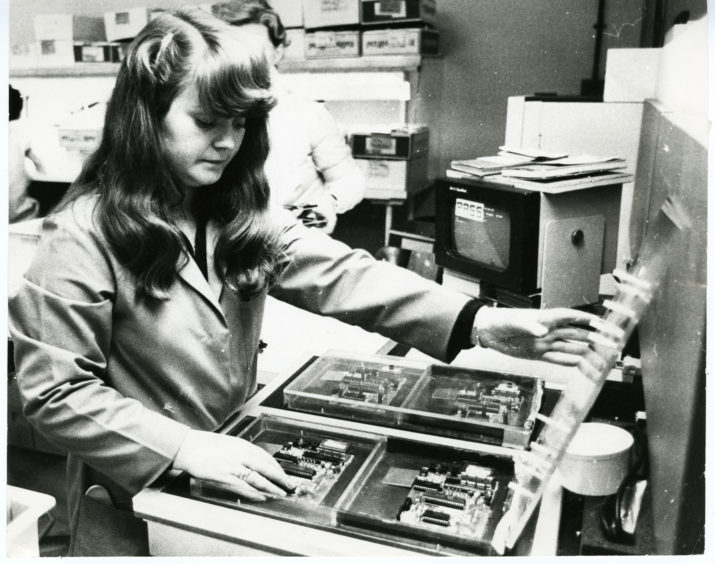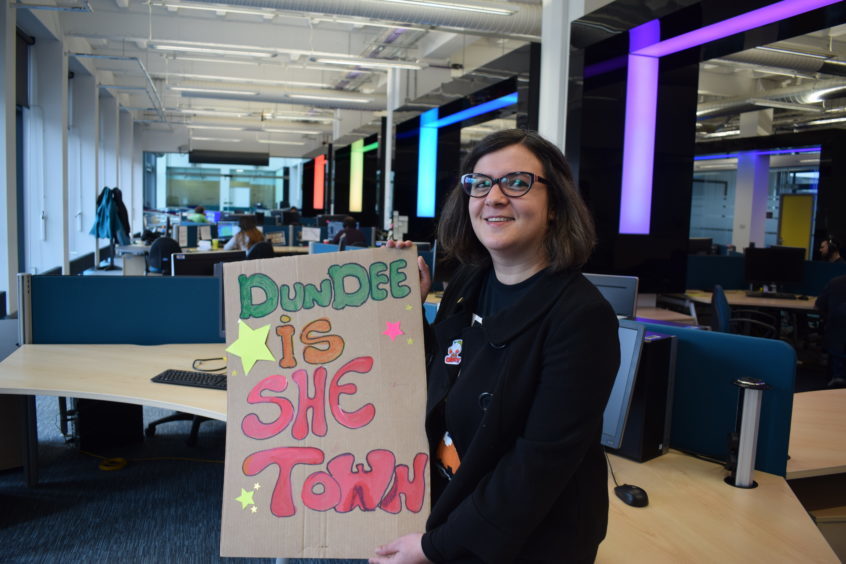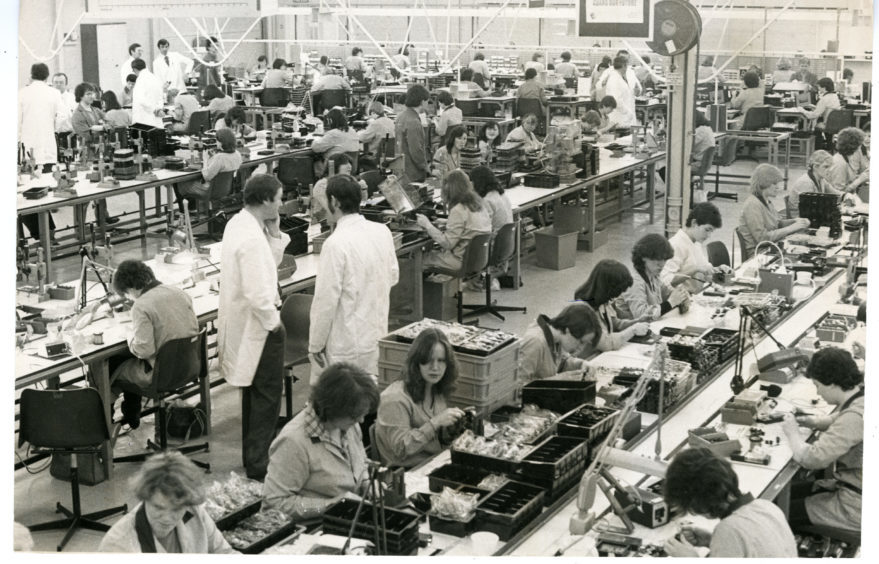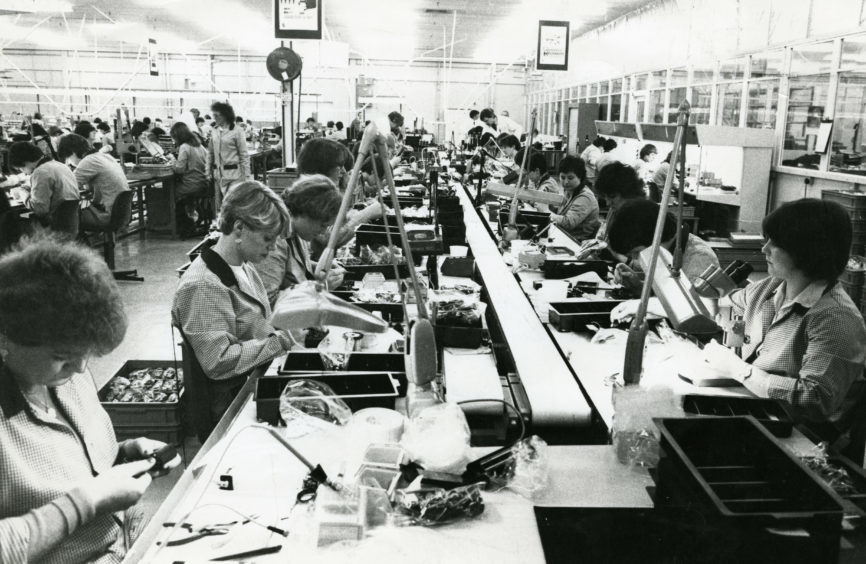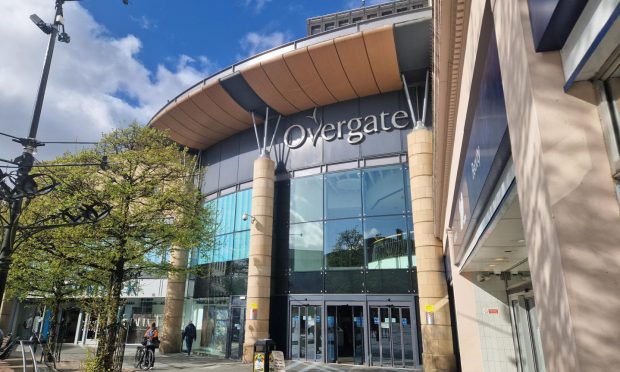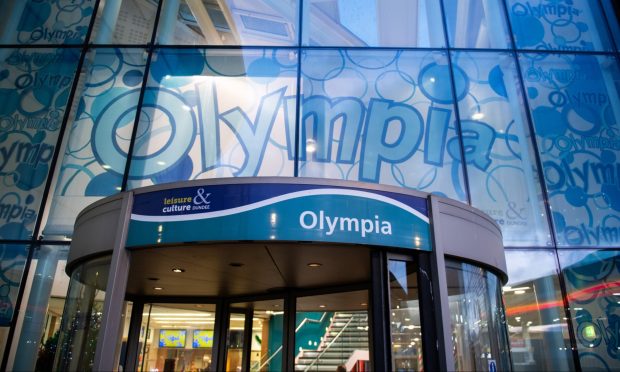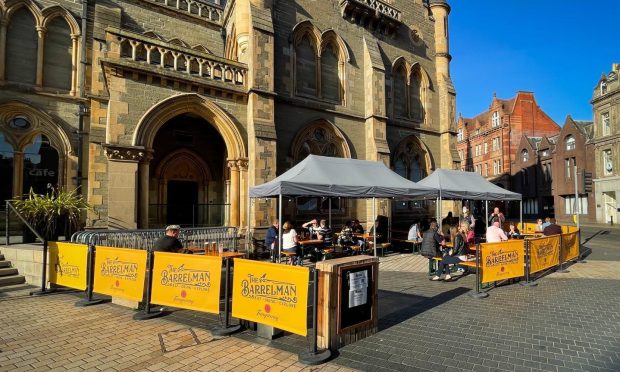Dundee’s pivotal role in the home computing boom of the 1980s will be celebrated at an open-air extravaganza in Camperdown Park next month.
Developed by Sir Clive Sinclair, the humble ZX Spectrum may be primitive by today’s standards but helped popularise home computing across the UK.
In Dundee, where they were made, they helped inspire a generation of game-makers who would help turn the city into the international hub of game design it has become.
The first computer made at the former Timex factory was the ZX81 but it was the two models that followed it – the ZX Spectrum 16k and 48k – that captured the public’s imagination.
Spectrums were made in Dundee until the company was sold to Amstrad in 1986 and production transferred abroad.
A unique digital art project will catalogue the memories and experiences of the army of Dundee women behind the legendary computers.
Abertay University researcher Mona Bozdog is coordinating Generation ZX(X), which will feature hours of interviews with 11 female former factory workers, geo-tagged around the city’s Camperdown Park.
Beginning at Camperdown House, participants will walk around the park using a mobile phone app to listen to clips at specific locations, marked with colour-coded balloons.
The evening promenade on Friday May 4 is part of an ongoing research project that investigates the connections between performance and video games, and is a partnership between Abertay, The Royal Conservatoire of Scotland and The National Theatre of Scotland; funded by Abertay, the Scottish Graduate School of Arts and Humanities and the Scottish Funding Council.
It has been timed to coincide with this year’s 25th anniversary of the Timex strikes – one of the most important moments in Dundee’s industrial heritage.
Starting at 7.30pm, the walk will take around an hour, culminating in an event at the former Timex factory, now owned by JTC Furniture Group, on nearby Harrison Road, where archive pictures and footage donated by the McManus Museum, DCT Media and STV will be projected on to the side of the building.
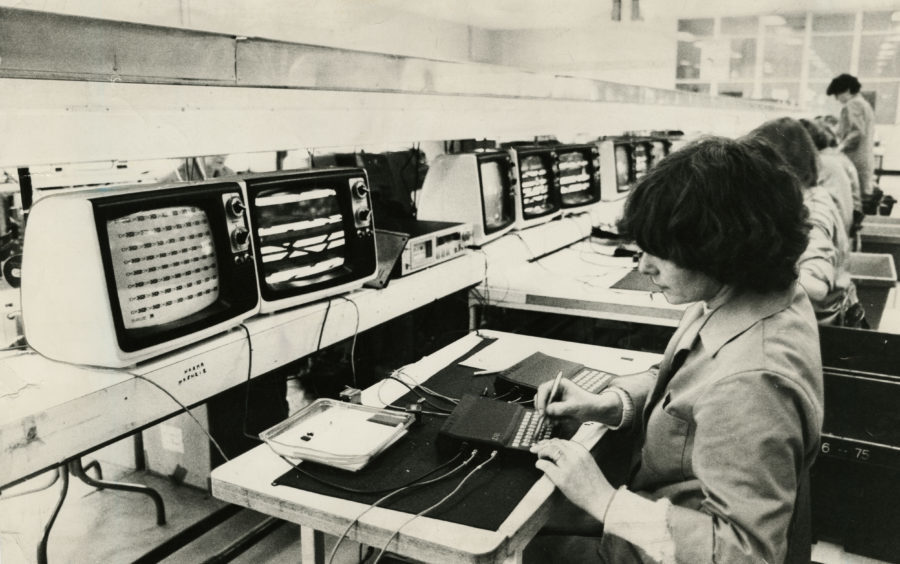
The projections will include vintage pictures from within the factory, long-lost snaps from staff nights out and film footage of a visit to Timex from Sir Clive Sinclair to mark the manufacturing of the one millionth ZX Spectrum computer.
A series of bespoke games related to the Timex story have been created by Abertay University staff and a student team, Retrospect Games, and will be available to play on site in custom and classic arcade-style cabinets.
Mona said the production of the ZX Spectrum at Timex played a vital role in the birth of Dundee’s currently booming video games industry.
She added: “The women of Timex who brought us those computers are the hidden figures of the games industry.
“When you walk to the former Timex Camperdown building there is nothing at all that attests that this legendary computer which marked the beginning of UK’s home computers scene was made there.
“And it was built by these incredible, hard-working women, most of whom never realised what an impact they have made on Dundee’s video games development and education scene.
“I just wanted this project to be a thank you, from our generation to the women of Timex who, through their labour, contributed to Dundee’s future in video games.”
In addition to input from former workers, Mona recorded a series of interviews with today’s games industry legends to accompany the projection displays.
At the end of the event – which is part of the NEoN Digital Arts Festival 2018 programme and is supported by Abertay’s Weave cultural outreach programme – there will be choir performances from female Dundee singing groups, organised by Alice Marra.
And just a week later, on Friday May 11, Abertay Digital Graduate Show will launch at Abertay Student Centre, offering up the annual five-day feast of digital art, computer games, VR, sound design and much more.
Tickets are available at www.eventbrite.co.uk/e/generation-zxx-tickets-43095007327
The event has been supported by a host of individuals and groups including: NEoN Digital Arts Festival, Creative Scotland, Weave by Abertay, Abertay Game Lab, Abertay University, The Royal Conservatoire of Scotland, Dundee City Council, JTC Furniture Group, Timex History Group, Charlie Malone, Alice Marra, Sheena Wellington, Loadsaweeminsinging, Douglas Community Centre and Library, Communities Department – Dundee City Council, Dighty Connect’s Mosaic Group, John Carnegie and Alan Spence, John Gray – (Public Art) City Development, Dundee City Council, The Dundee Rep, The DC Thomson Archives, Dundee City Council (Dundee’s Art Galleries and Museums), STV, Hot Chocolate Trust, Paul Farley, Douglas Hare, Danny Parker, Philip and Andrew Oliver, Chris van der Kuyl, Mike Dailly, Erin Stevenson, Robin Sloan, Lynn Parker and the workers of Timex
